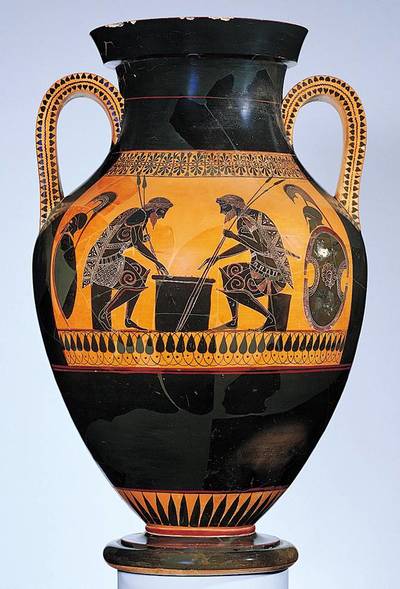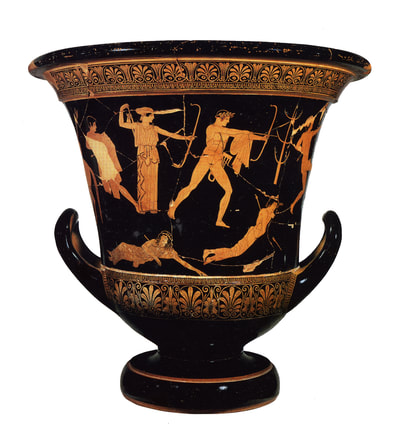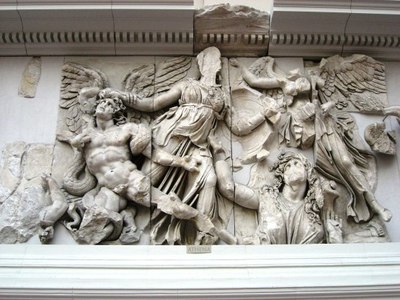- Home
-
PHOTO 1
-
PHOTO 2
-
PHOTO 3
- INFO >
- CLASS NOTES
-
ASSIGNMENTS
>
- STUDIO LIGHTS
- Composing: Creating an Abstract or Geometric Composition
- Composing: Creating an Abstract or Geometric Composition
- EMPHASIS ON COLOR THEORY
- DESIGNING IN B&W
- Formal and Informal Portraits
- CUBIST PORTRAITS
- NATURAL LIGHTING
- COMPOSITION - SCAVENGER HUNT
- STREET PHOTOGRAPHY
- MANDALA
- NIGHT
- RHYTHM & REPETITION
- PATTERNS & RHYTHM WITH LIGHT
- STUDIO PORTRAITURE
- PHOTOGRAM - MEMOIRS - THE DIGITAL VERSION
- HDR Landscapes
- PORTFOLIO
- VIDEOS
- HANDOUTS
- GALLERY
-
AP 2D ART + DESIGN
- INFO >
- SUMMER PROJECT
- SUSTAINED INVESTIGATION
- ELEMENTS + PRINCIPLES
- STUDIO LIGHTS
-
ASSIGNMENTS
>
- DESIGNING IN B&W
- COLOR THEORY
- TRIPTYCH
- SUSTAINED INVESTIGATION #1
- SUSTAINED INVESTIGATION #2
- SUSTAINED INVESTIGATION #3
- SUSTAINED INVESTIGATION #4
- SUSTAINED INVESTIGATION #5
- SUSTAINED INVESTIGATION #6
- SUSTAINED INVESTIGATION #7
- SUSTAINED INVESTIGATION #8
- SUSTAINED INVESTIGATION #9
- SUSTAINED INVESTIGATION #10
- ABSTRACT & GEOMETRIC COMPOSITION
- STUDIO PORTRAITURE
- TEXTURES & ABSTRACTIONS FROM THE...
- WEBSITE PORTFOLIO
- CLASS NOTES
- HANDOUTS
- VIDEOS
- GALLERY
- 3D ART 1
- 3D ART 2
- 3D ART 3
- Contact
|
PROTO-GREEK (2500 BCE - 1200 BCE) Cycladic - Cycladic Islands, burial mounds, 2500 BCE Minoan - Island of Crete, Place of Knossos, 1500 BCE Mycenaean - mainland Greece, citadel at Mycenae, 1200 BCE |
ANCIENT GREECE
(900 - 31 BCE) ARCHAIC PERIOD: ca. 625 - 480 BCE EARLY CLASSICAL PERIOD: ca. 480-450 BCE HIGH CLASSICAL PERIOD: ca. 450-400 BCE LATE CLASSICAL PERIOD: ca. 400-330 BCE HELLENISTIC PERIOD: ca. 330-31 BCE |
|
CONTENT: What do you see?
FORM: The details (what you see more exactly). How the artist delivers the content. CONTEXT: Everything NOT observable. FUNCTION: The intended purpose of the work. ARTWORKS
26. Athenian Agora
27. Anavayos Kouros 28. Peplos Kore 33. Niobides Krater 34. Doryphoros 35. Acropolis and Parthenon
37. Nike of Samothrace 38. Altar of Zeus and Athena at Pergamon
Additional Images: Geometric Krater Achilles and Ajax, Exekias Andokides Painter, Bilingual Amphora Temple Plan Greek Orders Kouros West Pediment of the Temple of Aphaia Dying Warrior West Pediment Aphaia (archaic) Dying Warrior East Pediment Aphaia Kritios Boy Warrior of the sea of Riace Delphi Charioteer Aphrodite of Knidos Hermes and Infant Dionysos Dying Gaul Aphrodite of Melos Laocoon and His Sons CONTEXTThe art of Ancient Greece and Rome is grounded in civic ideals and polytheism. Etruscan and Roman artists and architects accumulated and adapted Greek objects and forms to create buildings and artworks that appealed to their tastes for eclecticism and historicism (social and cultural phenomena determined by history). Archaeological models and artworks are identified by periods based on stylistic changes and assigned to periods according to styles (archaic, Classical, Hellenistic). Art considered Ancient Greek is not defined by politics - governments or dynasties. Artists were influenced by earlier Mediterranean cultures. Ancient Greek architecture and figural representations are characterized by ideal proportions and spatial relationships, expressing the society’s values of harmony and balance. Their art provides the foundation for the later development of European and Mediterranean artistic traditions. From the 18th century on, Europe and America admired Ancient Greek ethical and governmental systems: art and architecture that could be associated with political elites and cultural capitals. The Greek culture had a tradition of epic storytelling that glorified the exploits of gods, goddesses, and heroes. They had a highly developed rhetorical tradition that prized public oratory and poetry.
|
KEY IDEAS
- Greeks are interested in the human figure the idea of perfection.
- Greek Temples provide a foundation for European architecture and reflects the idea of obtaining perfection with mathematical ratios.
- The Greek time period starts at around 900 BCE, about 200 years after the collapse of the Mycenaeans.
- In the 5th century, the Greeks defeated the Persians, though it left Athens in ruins (rebuilt by Pericles) = Start of the Classical time period
- Polykleitos's canon of proportions: The head should be 1/7 of the body. The chiastic stance that expresses the alternating relaxed and stressed muscles.
- The Peloponnesian War in 432 BCE (lasted about 27 years) devastated and crushed Athens by the victorious Spartans = Start of the Hellenistic
- Alexander the Great took over and united the Macedonians with the Greeks in the 4th century and after his death, his empire gave into Roman rule.
VOCABULARY WORDS
|
ACROPOLIS
AMPHORA APPROPRIATION ARCHITRAVE ATHENA CANON CARYATID CELLA CHIASTIC COLONNADE CONTRAPPOSTO CORNICE DIPYLON VASE DORIC ENCAUSTIC ENTABLATURE |
ENTASIS
FACADE FRIEZE GIGANTOMACHY IONIC KOUROS KORE KRATER LOST WAX PROCESS METOPE NAOS NIKE OPISTHODOMOS PANATHENAIC PROCESSION PATINA PEDIMENT |
PEPLOS
PERIPTERAL PERISTYLE PORTICO PRONAOS PROPYLAEA SERPETINE SHAFT STELE STOA STYLOBATE TRIGLYPH VOLUTE "WET DRAPERY" ZEUS |
































